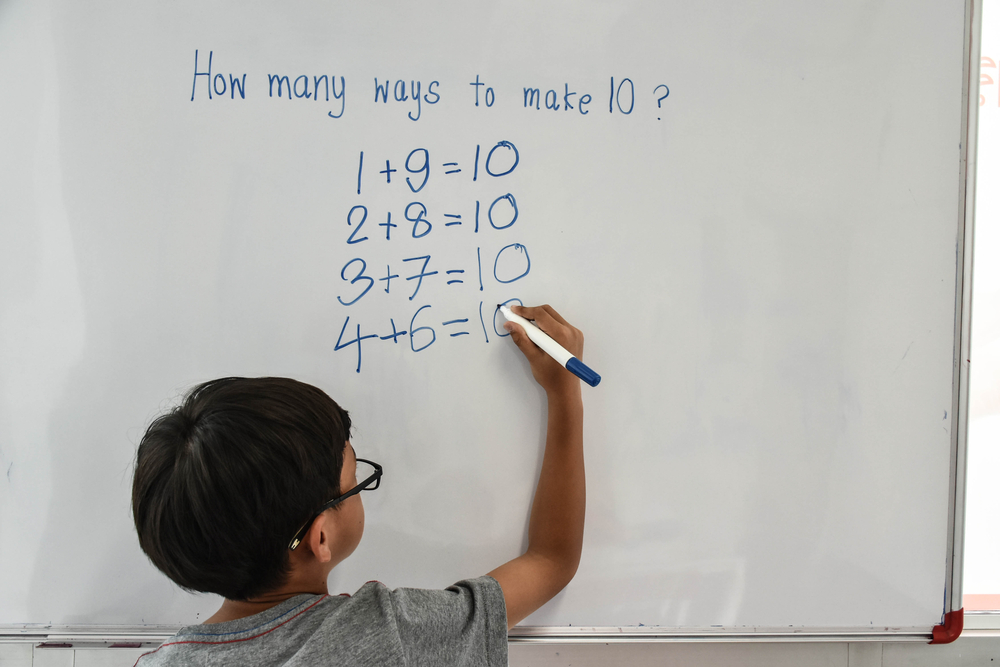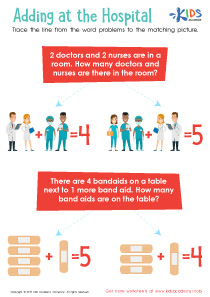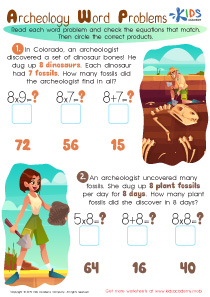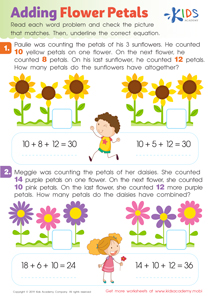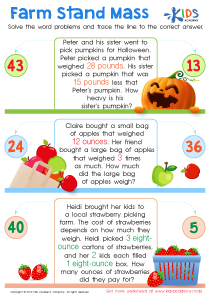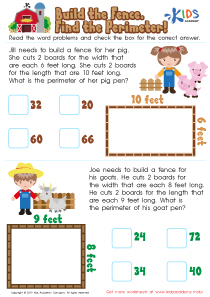Normal Money Word Problems Worksheets for Ages 7-8
1 filtered results
-
From - To
Introducing our Normal Money Word Problems worksheets, expertly crafted for children aged 7-8 years. These engaging Homeschool worksheets offer a diverse range of real-world scenarios to help young learners master the basics of handling money, making change, and understanding simple transactions. With clear, age-appropriate questions and vibrant illustrations, each worksheet is designed to build confidence and improve problem-solving skills. Ideal for both classroom and home education settings, these worksheets provide a fun and educational experience, ensuring your child develops a strong foundation in practical mathematics. Equip your child with the skills they need for financial literacy today!
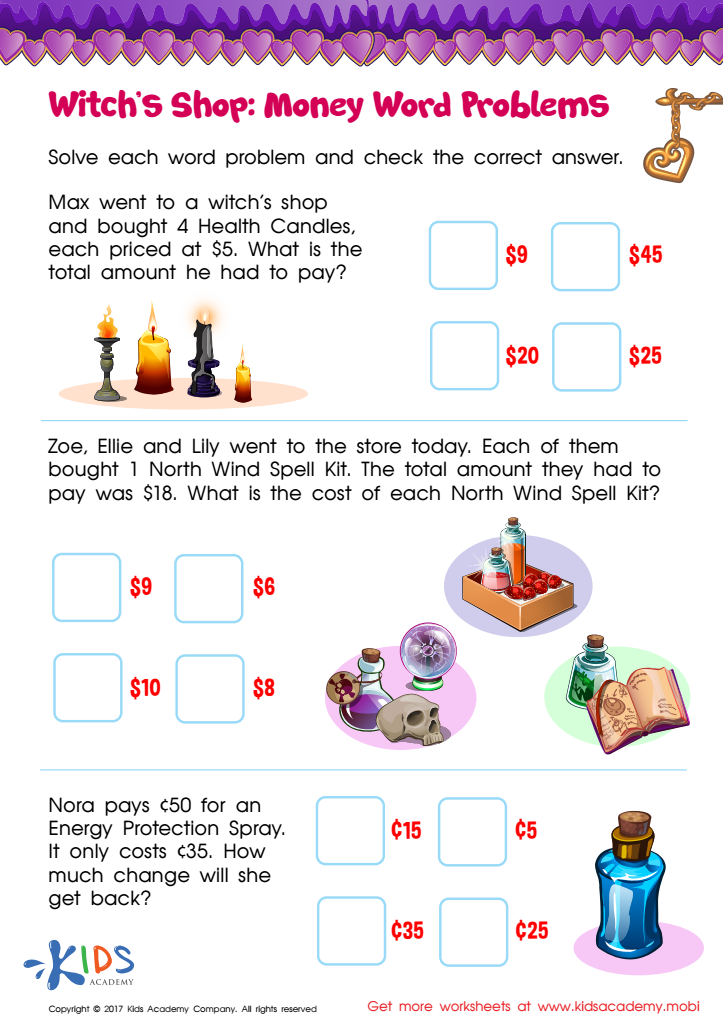

Money Word Problems Printable
The Value of Normal Worksheets on Money Word Problems for Young Learners
In the formative school years of children ages 7-8, introducing concepts that integrate real-world applications with academic theory is crucial. Among these, understanding money through word problems is particularly beneficial. Normal worksheets on Money Word Problems are not just another set of exercises; they serve as an essential tool in developing a child's numerical and reasoning skills. Especially for parents and educators leveraging homeschool printables, these worksheets are invaluable in crafting a comprehensive educational experience at home.
Why Use Homeschool Printables for Money Word Problems?
-
Practical Life Skills: Money management is a critical life skill, and it’s never too early to start. Worksheets on Money Word Problems help children understand everyday transactions such as buying, selling, saving, and budgeting. Through structured problems, children learn the value of money and basic arithmetic operations like addition, subtraction, multiplication, and division in the context of money.
-
Enhanced Problem-Solving Skills: Money word problems require children to read, comprehend the question, and apply the correct operations to find solutions. This process enhances critical thinking and problem-solving skills. Children learn to identify relevant information and discard what is unnecessary, a skill that is applicable across many disciplines.
-
Customizable Learning: Homeschool printables offer the advantage of tailoring the learning process to each child's pace and level of understanding. Parents can select worksheets that match their child’s specific learning needs and adjust the difficulty level as their child progresses. This personalized approach helps in maintaining an optimal learning curve and keeps children engaged without feeling overwhelmed.
-
Interactive and Fun: Learning about money doesn't have to be monotonous. Many homeschool printables are designed to be interactive, incorporating colorful graphics and real-world scenarios that relate directly to a child’s experiences, such as planning a party within a budget or calculating the cost of new toys. This makes learning both fun and relatable.
-
Foundation for Advanced Concepts: Early exposure to financial vocabulary and concepts sets a strong foundation for more advanced economic studies and financial literacy in later years. Understanding simple money transactions paves the way for learning about more complex topics such as interest rates, investments, and economics.
-
Assessment and Feedback: Homeschool printables often come with answer keys and explanations that help parents assess a child’s comprehension and provide immediate feedback. This ongoing assessment ensures that any misconceptions are addressed promptly, reinforcing correct learning patterns and improving confidence in handling money related queries.
-
Integration with Other Subjects: Money word problems often bridge learning across various subjects. For example, reading comprehension skills are honed as children parse the language of the problem. Furthermore, elements of social studies may be integrated as children learn about different currencies, cultures, and the economics of trade. This multidisciplinary approach enriches the learning process and keeps it engaging.
-
Development of Financial Responsibility: Regular practice with money word problems helps instill a sense of financial responsibility in children. By solving scenarios involving earning, spending, saving, and investing money, children start to understand the consequences of financial decisions from a young age.
-
Accessibility and Convenience: Homeschool printables are highly accessible—they can be downloaded and printed from any location, making them an excellent resource for home education. This convenience allows parents to integrate learning sessions flexibly throughout the day, fitting educational activities seamlessly into the daily routine without the need for special equipment or resources.
-
Encourages Independent Learning: While homeschooling often involves a significant degree of parental guidance, worksheets on money word problems encourage children to think and solve problems independently. This nurtures a learning environment where children begin to take initiative, explore solutions on their own, and develop a love for learning, which is crucial for lifelong educational growth.
In conclusion, normal worksheets on Money Word Problems are more than just arithmetic exercises; they are a comprehensive educational tool that prepares children aged 7-8 for the complexities of the real world. By using homeschool printables tailored to teach these concepts, parents can ensure that their children not only excel academically but also grow to become savvy, financially responsible adults. Through these engaging and practical worksheets, children learn to connect classroom knowledge with real-world financial scenarios, setting the stage for informed and responsible decision-making in their future economic activities.
 Assign to the classroom
Assign to the classroom

